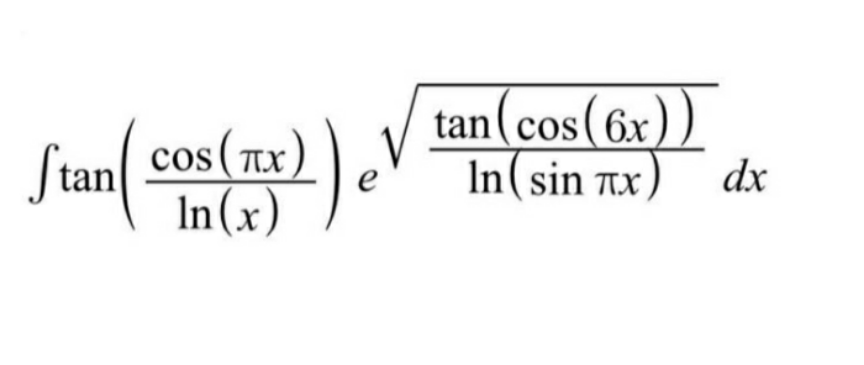
AllQuestion and Answers: Page 1200
Question Number 96606 Answers: 0 Comments: 1

Question Number 96604 Answers: 0 Comments: 6
Question Number 96602 Answers: 3 Comments: 0
Question Number 96593 Answers: 2 Comments: 0
Question Number 96596 Answers: 2 Comments: 0
Question Number 96595 Answers: 0 Comments: 0
Question Number 96586 Answers: 1 Comments: 0
Question Number 96584 Answers: 1 Comments: 4

Question Number 96581 Answers: 1 Comments: 0

Question Number 96600 Answers: 1 Comments: 0

Question Number 96571 Answers: 2 Comments: 0
Question Number 96570 Answers: 0 Comments: 0
Question Number 96567 Answers: 1 Comments: 1

Question Number 96558 Answers: 1 Comments: 0
Question Number 96554 Answers: 1 Comments: 2
Question Number 96548 Answers: 0 Comments: 1

Question Number 96543 Answers: 1 Comments: 0

Question Number 96542 Answers: 0 Comments: 6

Question Number 96538 Answers: 1 Comments: 0

Question Number 96530 Answers: 0 Comments: 1
Question Number 96527 Answers: 2 Comments: 1
Question Number 96524 Answers: 0 Comments: 1
Question Number 96523 Answers: 0 Comments: 0

Question Number 96514 Answers: 1 Comments: 3
Question Number 96508 Answers: 1 Comments: 0

Question Number 96505 Answers: 2 Comments: 2
Pg 1195 Pg 1196 Pg 1197 Pg 1198 Pg 1199 Pg 1200 Pg 1201 Pg 1202 Pg 1203 Pg 1204
